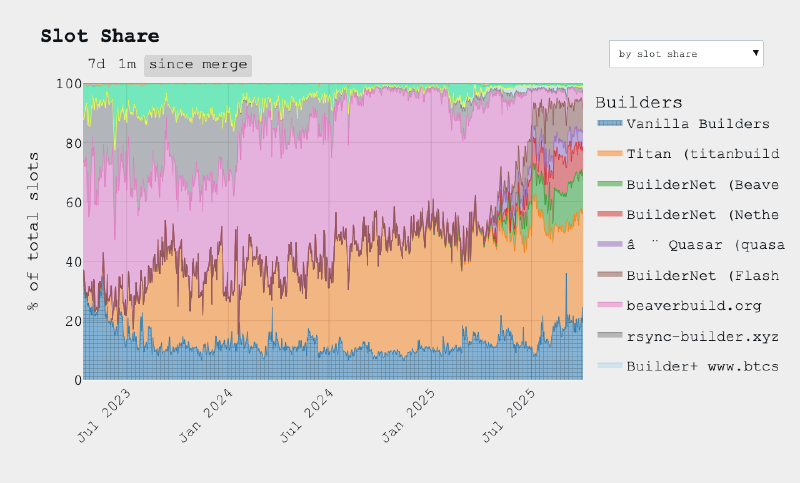Simple Sequencing
Centralization of Sequencing
Every blockchain needs a way to order transactions — that’s sequencing. Ethereum uses auctions to determine who gets to build blocks and sequence transactions. There are a few problems with this:
- Auctions mainly benefit the Ethereum block proposer, even though they do no valuable work.
- Auctions centralize block building by favoring a small number of hyper-specialized builders who can out-compete smaller players.

Even worse, rollup sequencing is centralized by default. The chain’s order is set by a single entity, with little-to-no recourse. No rollup has credible plans to decentralize the sequencer.
An alternative approach to sequencing
Instead of auctions, Signet uses a central sequencer that assigns block production rights to block builders in a round-robin fashion. Each Ethereum block, a specific builder may create a Signet block. That builder is responsible for creating a Signet block and for submitting that block to Ethereum. The Signet sequencer co-signs the builder’s block without seeing its contents.
Resistance to censorship by the Signet sequencer
Once the assigned builder has produced a block, the Signet sequencer co-signs the block header without seeing the block contents. This means the sequencer only sees the block’s hash and the builder’s identity, not the transactions. By signing blocks without knowing their contents, the Signet sequencer can’t selectively censor transactions, ensuring fair and unbiased block inclusion while maintaining its role in managing builder participation.